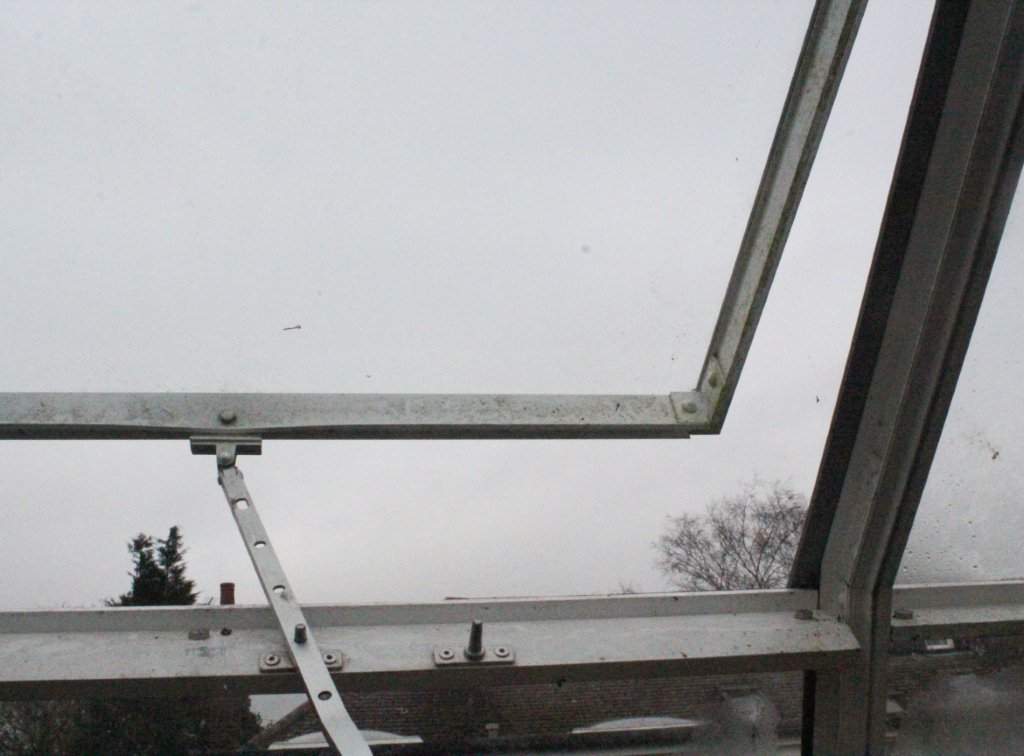Where are the weather forecasters who suggested that this was a going to be a long, cold winter? Some of the borders are waterlogged, as the saturated clay soil can absorb no more rain. It certainly limits gardening activities, other than spiking the lawn with a garden fork in a futile attempt to improve the drainage.
Despite our soggy situation, it is a good opportunity for reshaping borders or redefining lawn edges, particularly where they have spread over paths, making them just wide enough to comfortably insert the blades of your edging shears. I once visited a garden, where the owner smeared the lawn edges with a wet bricklayer’s trowel to smear and seal the clay – slightly eccentric but it worked well! Where straight edges are needed, cut along the edge of a board of string line or peg down a length of hose as a template for curves. Traditionally a half moon is used to cut the edges but a spade with a well worn blade or child’s spade works perfectly, providing the edge is sharp. Any turf that is removed can be composed, but larger volumes should be stacked until the roots and grass rot down. Avoid walking on the turf if it is waterlogged or frosty.
Weeding during mild periods is an essential at this time of year, ‘Bitter cress’ and ‘Chickweed’ still manage to grow and flower in milder periods, so removing them now, before they set seed, saves plenty of weeding later in the season.

Ventilating the greenhouse, on mild days, prevents fungal problems. Open the vents if temperatures rise during the day and close them before they drop – by mid afternoon at the latest. While you are there, check stored plants like Canna’s and Dahlia’s, and water or spray lightly to stop them from drying out – take care not to overwater, as this causes rotting. While you are in the greenhouse, remove any dead leaves or plant debris that may harbour pests and diseases. It is also a good time to check the condition of your tender plants and make a list of those that need re-propagating.
Out in the garden; check tree ties, making sure that they are firm enough to support the tree but not so tight that they cut into the bark. Replace them if necessary. Formative pruning of trees can take place at any time when it is not frosty, removing dead, diseased, dying, weak, crossing and rubbing branches from any plants other than those in ‘Cherry’ and ‘Plum’ family (the genus Prunus) which are prone to the fungal disease ‘silver leaf’ if pruned during the winter. Always wear eye protection and gloves when pruning and use the correct tools for the job – secateurs, loppers and pruning saw, according to the thickness of branches. Make sure that your equipment is clean and sharp. It is easy to damage secateurs by trying to cut branches which are too thick; blunt blades cause damage and tear plant tissue. If you are working from a step ladder, make sure it is absolutely stable – ideally, someone should be supporting it, too.
Happy Gardening! Matt


